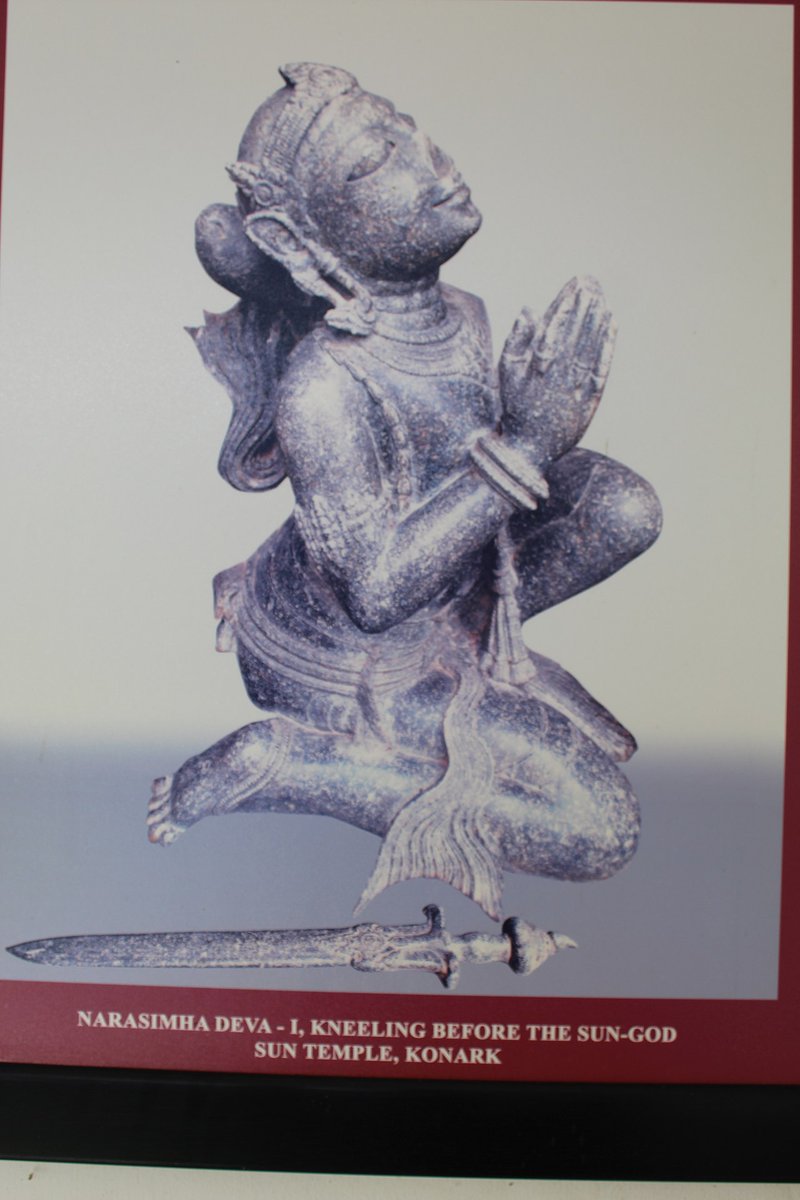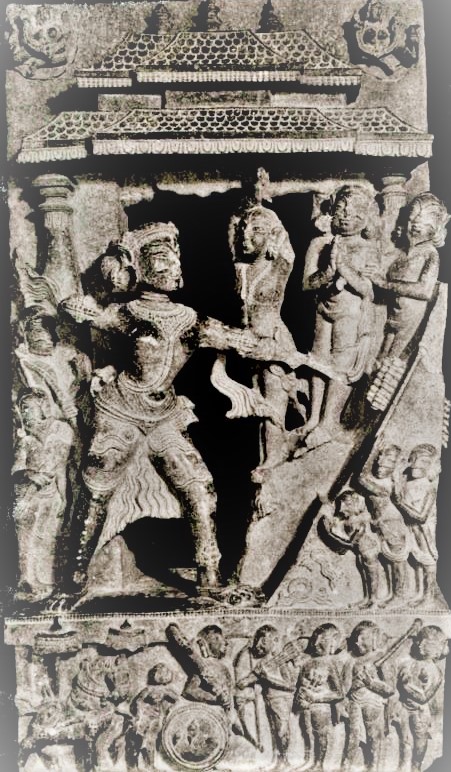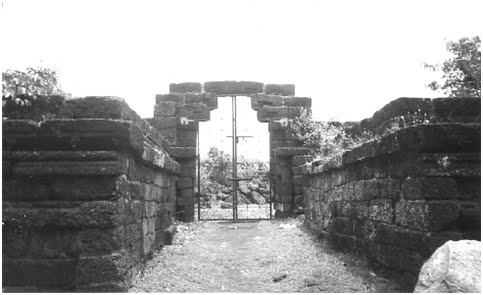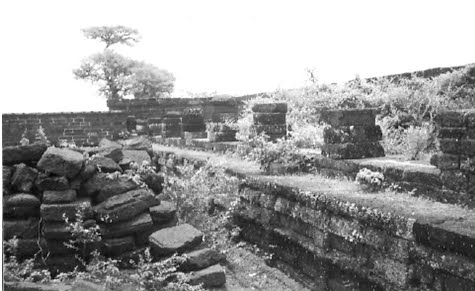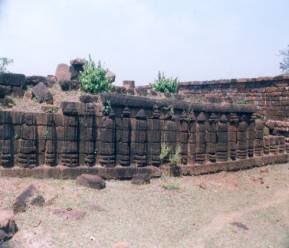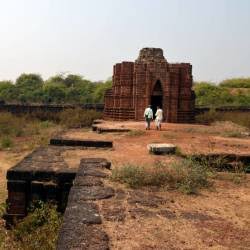
Trend alert..
Guys be ready for 13th December...
Keywords: Eastern Ganga Dynasty
@BBSRBuzz @Smahiam @OdiaHistory @kalingaheritage @IamanODIA @saipjena @PramodpandaVk
Guys be ready for 13th December...
Keywords: Eastern Ganga Dynasty
@BBSRBuzz @Smahiam @OdiaHistory @kalingaheritage @IamanODIA @saipjena @PramodpandaVk

@SharanMishra @Shoolin2 @priyabrat3 @ashutosh_odisha @AshishAP00575 @biswa4evr @sibasankar85 @TaraniTrotter
@KUMARIKA @chefficiency @Ranjan_Nayak @justlalit @nidhi_budha @akala_kushmanda @ssgapu22 @DivyamBabuoriya
Please participate..
Please participate..
@ImBibhuduttaIND @Iamsahildash @theUnfading @Amsumitrapuja @RusirajP @VAdkri @SurajitTweet @saipjena
• • •
Missing some Tweet in this thread? You can try to
force a refresh

